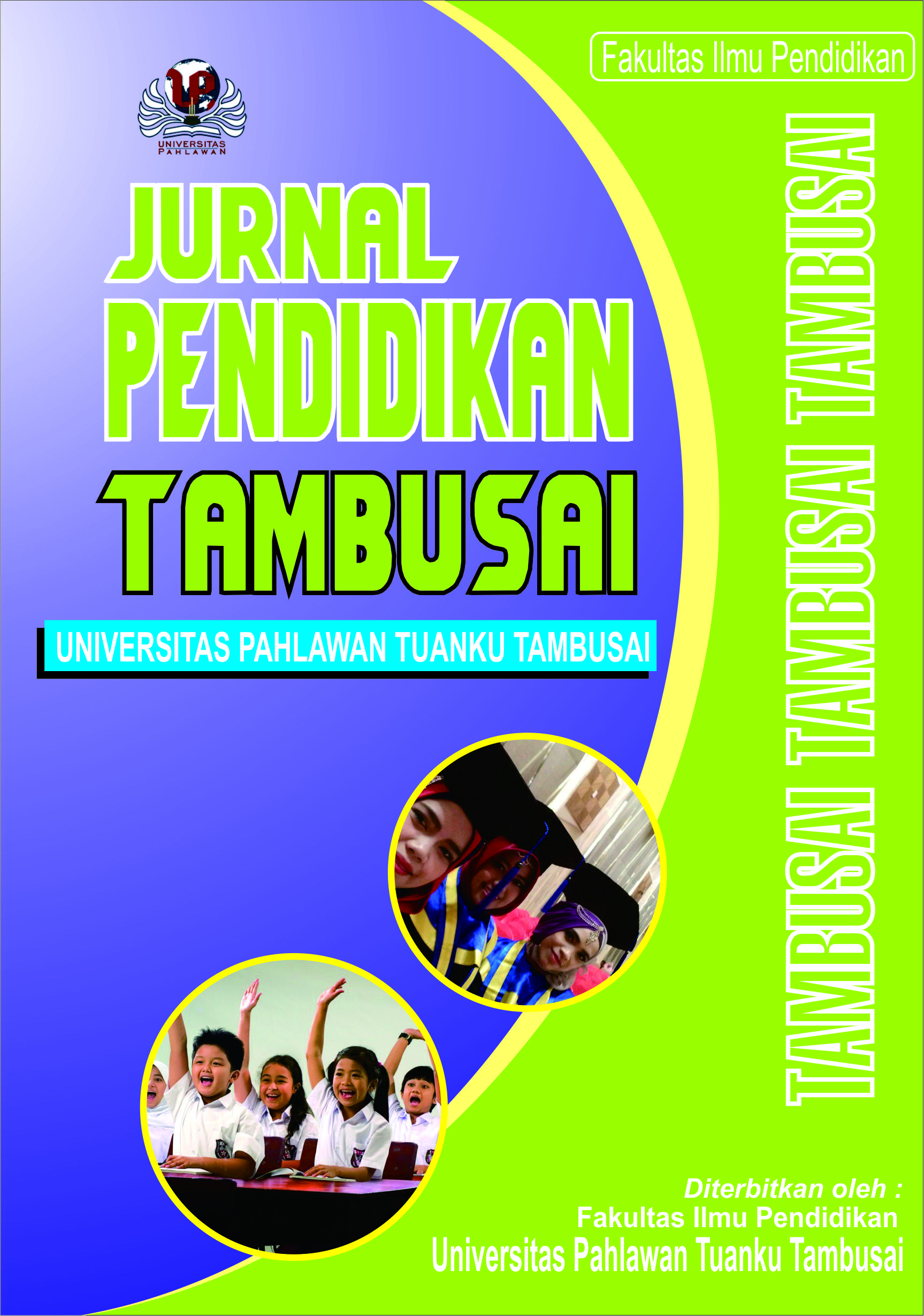Penerapan PAPINJA (Papan Pintar Penjumlahan) Menggunakann Teori Polya untuk Meningkatkan Pemahaman Peserta didik SD/MI pada Materi Penjumlahan
DOI:
https://doi.org/10.31004/jptam.v7i3.12104Keywords:
Penjumlahan, Teori PolyaAbstract
References
Dewi Fitriyan and Nia Kania i, (2022), “Implementasi Teori Pemecahan Masalah Polya Dalam Pembelajaran Matematika,” Jurnal Progressive of Cognitive and Ability.
et a Iis Irmawati l, (2021), “Analisis Kebutuhan E-Modul Matematika SMP Berbasis Teori Polya Pada Materi Segiempat,” TIRTAMATH: Jurnal Penelitian Dan Pengajaran Matematika.
Netriwati, N, (2016), “Analisis Kemampuan Pemecahan Masalah Matetamtis Berdasarkan Teori Polya ditinjau dari Pengetahuan Awal Mahasiswa IAIN Raden Intan Lampung”, Jurnal Pendidikan Matematika.
Ridwan Muannif, (2021), "Pentingnya Literatur Review Pada Penelitian Ilmiah", Jurnal Masohi.
Stien Mokat, and Herianto, Muhammad Saedi, (2020), “Teori Pemecahan Masalah Polya Dalam Pembelajaran Matematika,” Sigma (Suara Intelektual Gaya Matematika).
Suarsana I M, (2013), “Pengembangan E-Modul Berorientasi Pemecahan Masalah Untuk Meningkatkan Keterampilan Berpikir Kritis Mahasiswa,” JPI (Jurnal Pendidikan Indonesia).
Utami Nur Aprilia, (2019), "Analisis Kemampuan Penjumlahan Dan Pengurangan Bilangan Pada Siswa SD", Jurnal elementary.
Yuli armeta Midya, (2021), "Pengaruh Media Papinka terhadap Kemampuan Menghitung Penjumlahan dan Pengurangan dalam Pembelajaran Matematika di Sekolah Dasar", Jurnal jurmiah.
Downloads
Published
How to Cite
Issue
Section
Citation Check
License
Copyright (c) 2023 Harits Heriadi

This work is licensed under a Creative Commons Attribution-ShareAlike 4.0 International License.
Authors who publish with this journal agree to the following terms:
- Authors retain copyright and grant the journal right of first publication with the work simultaneously licensed under a Creative Commons Attribution License that allows others to share the work with an acknowledgement of the work’s authorship and initial publication in this journal.
- Authors are able to enter into separate, additional contractual arrangements for the non-exclusive distribution of the journal’s published version of the work (e.g., post it to an institutional repository or publish it in a book), with an acknowledgement of its initial publication in this journal.
- Authors are permitted and encouraged to post their work online (e.g., in institutional repositories or on their website) prior to and during the submission process, as it can lead to productive exchanges, as well as earlier and greater citation of published work (See The Effect of Open Access).



